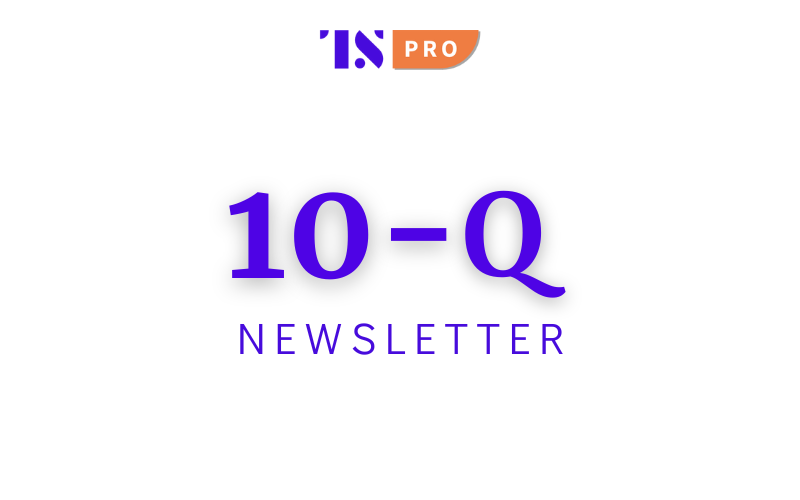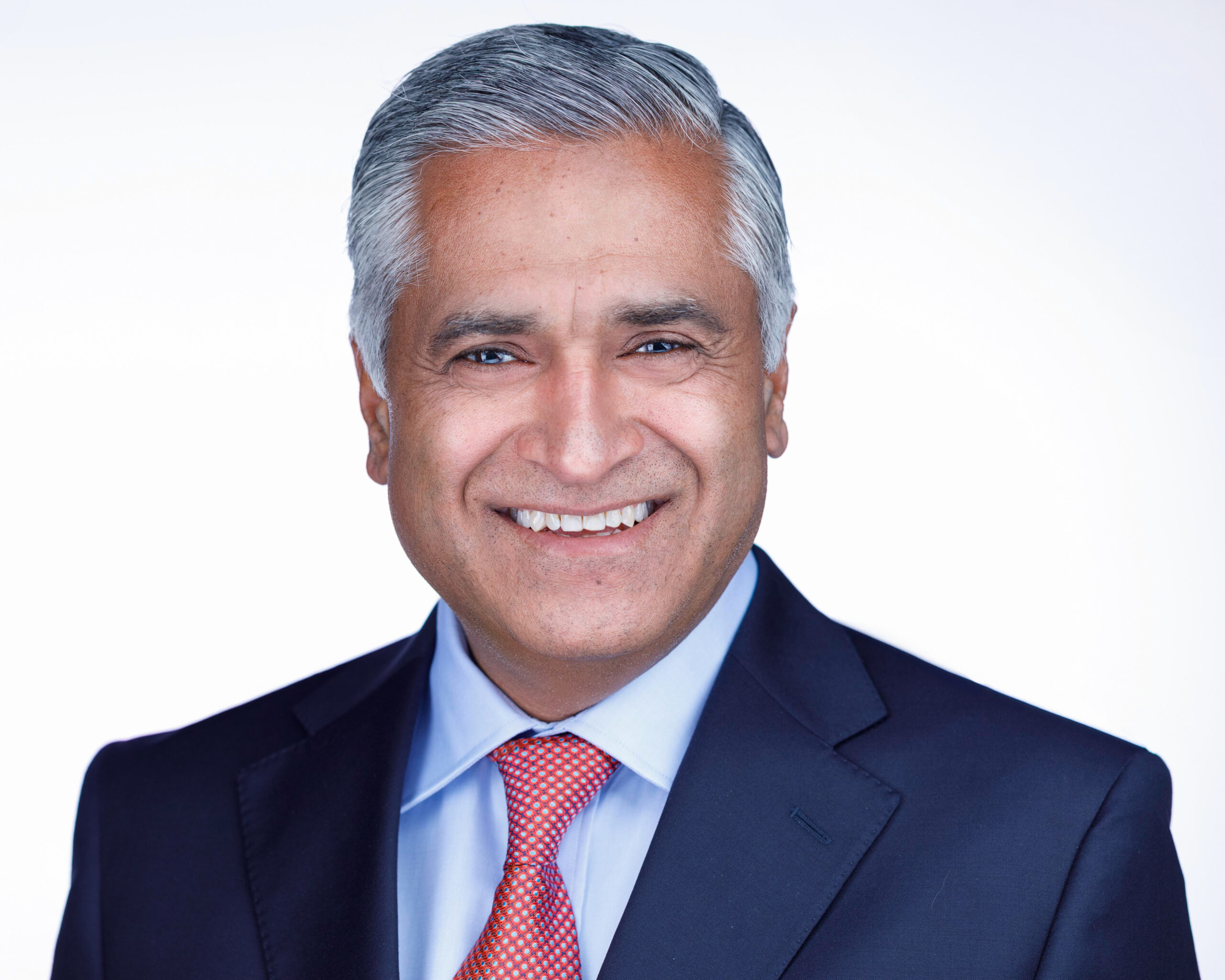Stablecoins: The Trojan horse sneaking into traditional finance?
Bitcoin’s been flexing, the government’s nodding, and stablecoins are making new friends.
Pegged to the US dollar or other assets, stablecoins have evolved from a niche crypto experiment into a $221 billion plus market capitalization (of the top 10 stablecoins) and financial firms are definitely paying attention.
Fintechs and financial institutions are moving to position themselves in this growing market. The question is: How can stablecoins impact the future of money, and what challenges lie ahead?
Financial firms’ growing bet on stablecoins
Stablecoins now represent a fundamental shift in how money moves. Their real-world use cases range from international remittances to corporate treasury management, enabling faster and cheaper transactions than traditional banking systems. Stripe has recently called them the “room-temperature superconductors for financial services,” a fancy way of saying they make payments shockingly efficient without melting down the system.
The rise: Stablecoin use cases have been fueled by inefficiencies in the traditional banking sector and sticky inflation. Cross-border payments, for instance, remain slow and expensive due to intermediaries and outdated infrastructure. Stablecoins are also increasingly being used as a hedge against currency instability in emerging markets.
The gray area: Despite their potential, stablecoins exist in a regulatory gray area — a place where innovation can either thrive or be buried under paperwork.
Stablecoin regulation remains a patchwork of evolving policies. US lawmakers are now focusing on creating clearer, more comprehensive legislation. Proposals like the GENIUS Act and the Clarity for Payment Stablecoins Act are looking to define a legal structure for issuing and using stablecoins.
Meanwhile, financial institutions that have already introduced their own stablecoins — or fintechs facilitating stablecoin transactions — operate within specific legal frameworks:
- JPM Coin, launched in 2019, operates within J.P. Morgan’s private, permissioned blockchain network. It is used only for institutional clients, keeping it within regulatory boundaries.
- PayPal’s PYUSD, launched in 2023, was issued through Paxos, a regulated entity with approvals from the New York Department of Financial Services (NYDFS). This allowed PayPal to offer PYUSD while complying with state-level regulations. By year-end, PayPal plans to make PYUSD available as a payment option for its 20 million+ SMB merchants, enabling them to pay vendors through its upcoming bill-pay service.
- Stripe doesn’t issue its own stablecoin but facilitates payments and integrations using existing ones, such as USDC, avoiding direct issuance risks. Meanwhile, Revolut reportedly entered stablecoin development last year, while Visa rolled out a platform to help FIs issue stablecoins.
More FIs are making moves: Bank of America CEO Brian Moynihan shared this month that his bank is prepared to enter the stablecoin business — once US lawmakers permit regulatory approval.
This cautious approach reflects broader concerns within traditional finance about compliance, risk management, and integration into existing financial systems. Banks face strict capital requirements and regulatory scrutiny, making their entry into the stablecoin market more complex. So, banks want in, but only when they won’t get a legal migraine for it.
If banks receive a green light, stablecoins could compete with money market funds, transforming payments and liquidity management. But if regulations become too tight, the momentum could shift to friendlier jurisdictions, leaving US banks looking on like someone who showed up after the game started.
How FIs and fintechs differ in their approach to stablecoins

Graphic credit: Tearsheet
Fintechs — and now banks — are moving more deeply into stablecoins, but their playbooks differ based on their respective strengths and constraints.
…










